Table of Contents
Introduction to Chipotle Peppers
Chipotle peppers are dried, smoked jalapeño peppers known for their distinctive smoky flavor and moderate heat (3,000-8,000 Scoville Heat Units). They are a staple ingredient in Mexican and Southwestern cuisine, commonly used in salsas, marinades, sauces, and more.
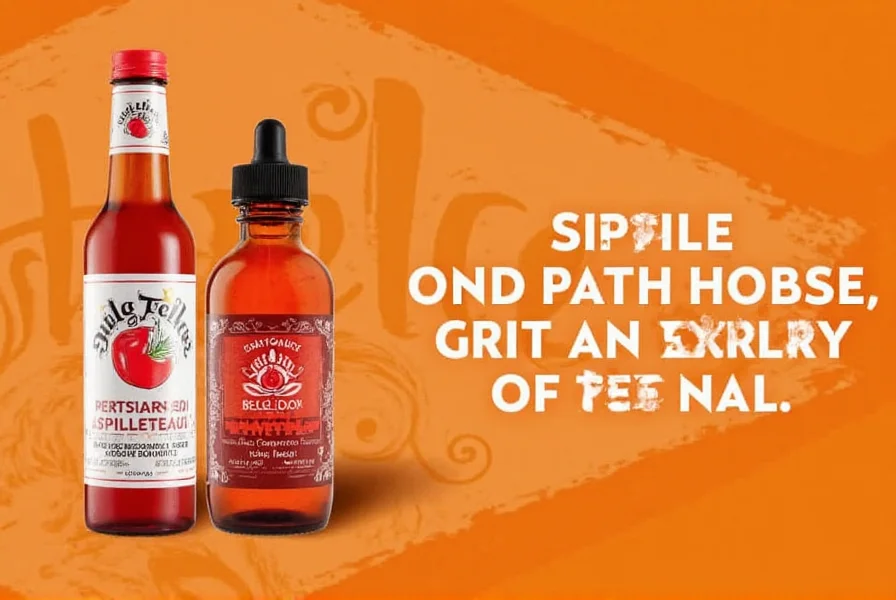
These peppers are created by smoking and drying ripe jalapeños, resulting in a complex flavor profile that combines smokiness, earthiness, and subtle sweetness. Whether you're a home cook or professional chef, understanding chipotle peppers unlocks versatile culinary possibilities.
The Flavor Profile of Chipotle Peppers
Chipotle peppers deliver a deep, smoky, and slightly sweet taste with balanced heat. The smoking process adds layers of complexity absent in fresh jalapeños, making them ideal for sauces, rubs, and marinades.
| Pepper Type | Flavor | Heat Level | Texture |
|---|---|---|---|
| Chipotle | Smoky, slightly sweet, earthy | Moderate to hot (3000–8000 SHU) | Dried, leathery |
| Jalapeño | Peppery, mild, fresh | Mild to moderate (2500–8000 SHU) | Fresh, juicy |
| Ancho | Sweet, fruity, mellow | Mild (1000–1500 SHU) | Dried, soft |
| Ghost Pepper | Extremely hot, sharp, spicy | Very hot (1,000,000+ SHU) | Dried, brittle |
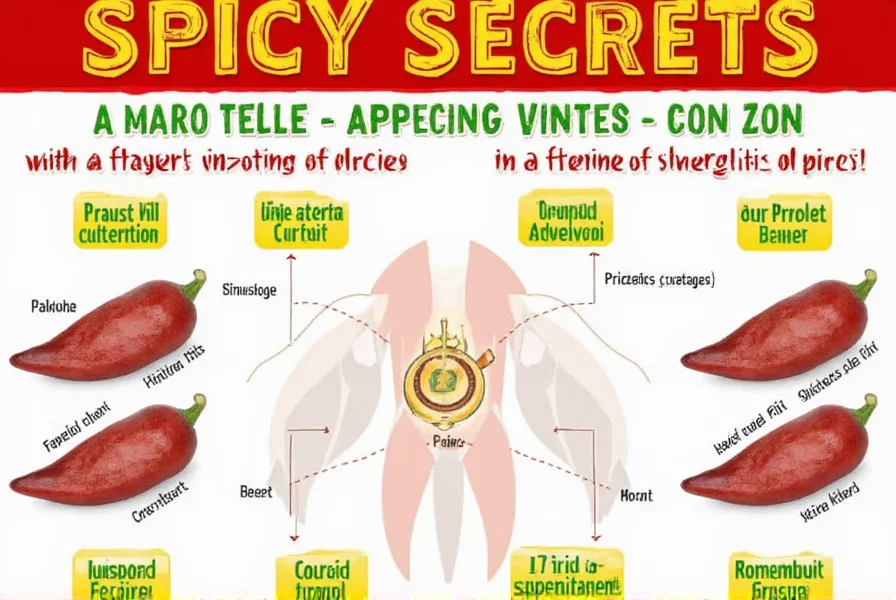
As shown in the comparison, chipotle peppers offer nuanced flavor with moderate heat, making them more versatile than many other peppers for sauces and marinades.
Culinary Uses and Recipes
Chipotle peppers are incredibly versatile in the kitchen. They enhance dishes with smoky depth while adding controlled heat. Popular applications include:
- Chipotle Salsa: A simple mix of diced chipotle peppers, tomatoes, onions, and cilantro. Perfect for tacos, nachos, or as a dip.
- Chipotle Marinade: Blend chipotle peppers with olive oil, garlic, lime juice, and spices for a smoky, flavorful marinade for chicken, beef, or fish.
- Chipotle Guacamole: Add a few chopped chipotles to your guac for a smoky twist on a classic.
- Chipotle Grilled Chicken: Marinate chicken in chipotle and then grill it for a rich, smoky flavor.
- Chipotle Soup: Use chipotle in adobo sauce to make a creamy, smoky soup that's perfect for cold days.
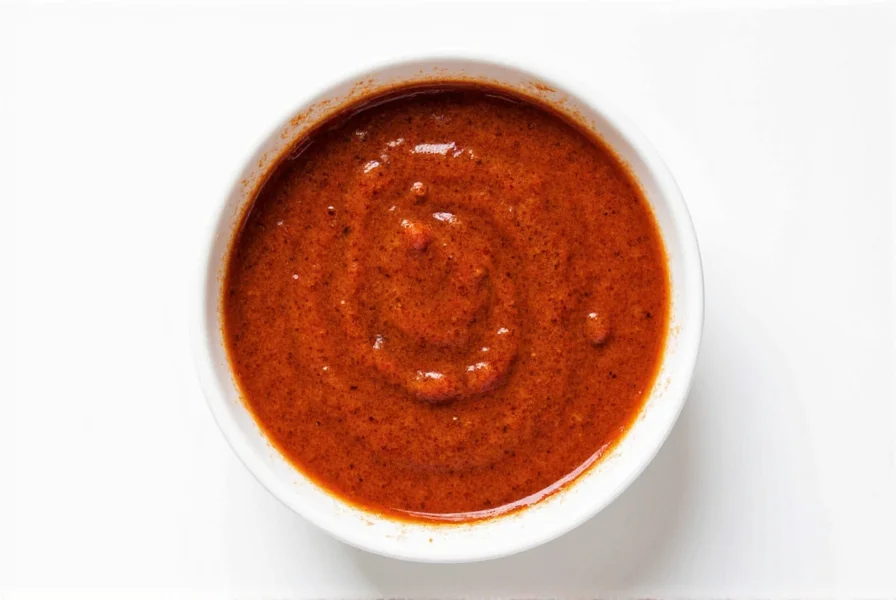
The most famous preparation is chipotle in adobo sauce—a ready-to-use paste combining smoky chipotle peppers with tangy tomato-based sauce. It's essential for spice lovers' pantries.
Buying Guide: How to Choose the Best Chipotle Peppers
Chipotle peppers are available in fresh, dried, or canned forms. Each type suits different cooking needs:
Types of Chipotle Peppers
- Whole Dried Chipotles: Traditional form requiring rehydration (soak 20-30 minutes in warm water). Ideal for custom sauces and rubs.
- Canned in Adobo Sauce: Ready to use; perfect for quick salsas or sauces. Store in airtight containers after opening.
- Ground Chipotle Powder: Best for rubs, soups, and stews where texture isn't needed. Provides consistent smoky heat.
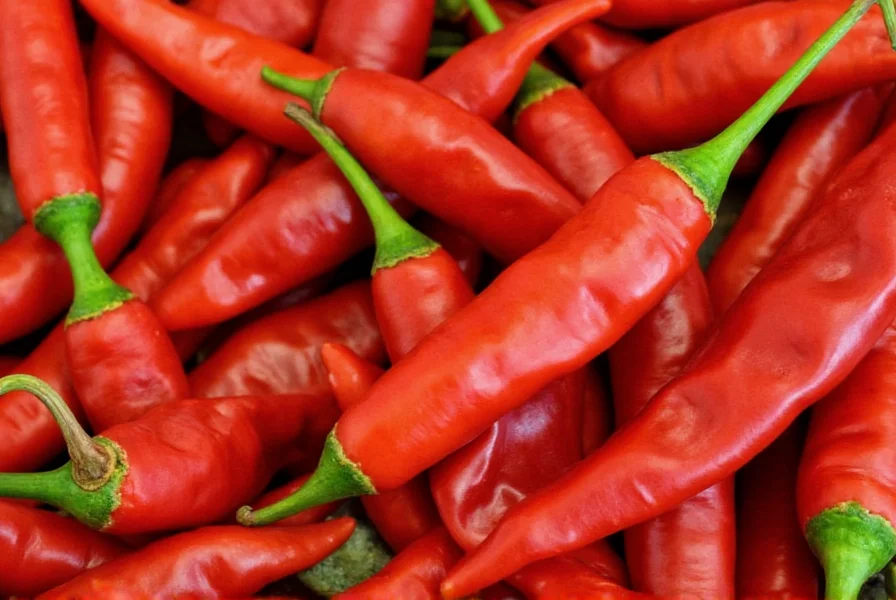
Key Features to Look For
- Smell: Fresh chipotles should have a strong, smoky aroma. Avoid stale or rancid scents.
- Color: Dark red or black with no mold or discoloration. Canned versions should be uniform in color.
- Texture: Whole dried peppers must be leathery (not brittle). Canned adobo sauce should be thick and smooth.
Best Uses and Target Audience
Chipotle peppers suit:
- Home cooks enhancing everyday meals
- Barbecue enthusiasts seeking smoky depth
- Chefs exploring global flavor profiles
- Spice lovers wanting balanced heat
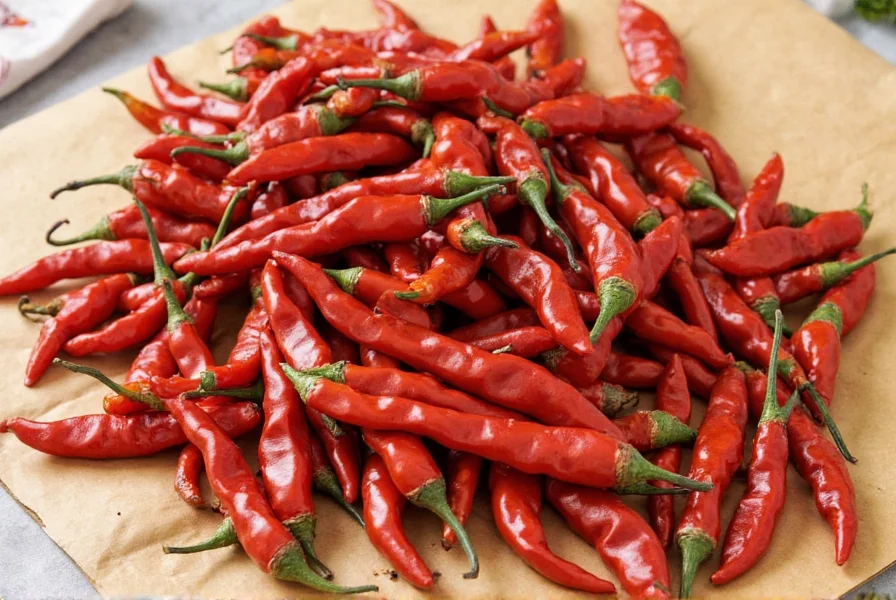
Pro Tips for Cooking with Chipotle Peppers
Maximize flavor while controlling heat with these expert techniques:
- Rehydrate Dried Chipotles: Soak in warm water 20-30 minutes before use. Drain and puree for sauces.
- Use Adobo Sauce Sparingly: Start with 1-2 peppers per recipe; adjust gradually. The sauce is intensely flavorful.
- Control Heat: Remove seeds and membranes to reduce spiciness while preserving smokiness.
- Balance with Citrus: Lime or orange juice brightens smoky notes without overpowering.
- Store Properly: Keep dried chipotles in cool, dark places. Refrigerate opened canned versions in airtight containers with oil coverage.
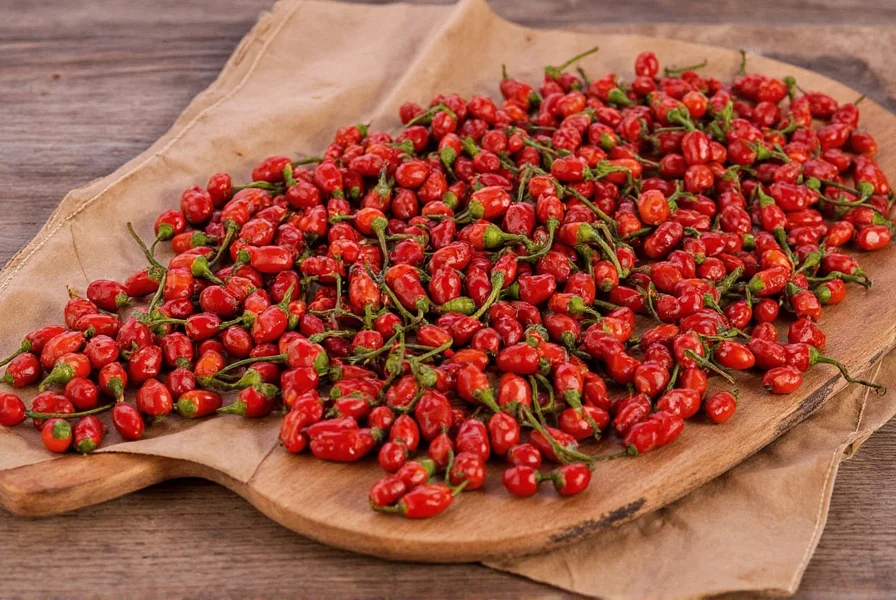
For adventurous cooks: add a tiny amount of chipotle to chocolate desserts for a surprising smoky-sweet contrast.
Conclusion
Chipotle peppers transform ordinary dishes with their unique smoky complexity and balanced heat. From salsas to desserts, they offer versatile culinary possibilities when used correctly. Mastering these peppers elevates cooking skills while respecting traditional Mexican cuisine.
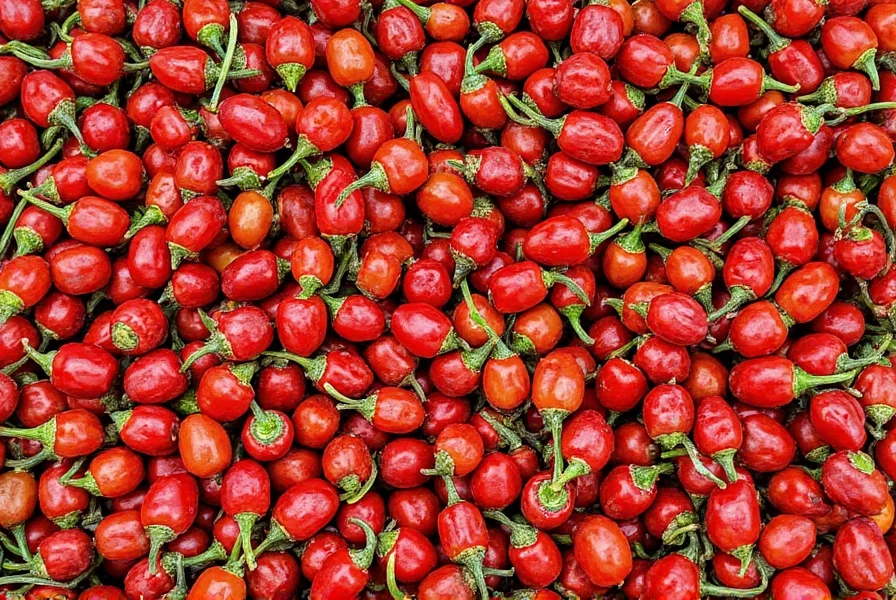
Integrate chipotle peppers into your kitchen for authentic, flavorful results in every dish.
Frequently Asked Questions
Is "chipoltle" the correct spelling?
No, the correct spelling is "chipotle" (pronounced "chi-po-tlay"). "Chipoltle" is a common misspelling. The name derives from the Nahuatl word "chilpoctli," meaning "smoked chili." Always use "chipotle" for accurate recipe and product searches.
How can I reduce the heat of chipotle peppers without losing flavor?
Remove seeds and inner membranes before use, as they contain most capsaicin (heat compound). For canned chipotle in adobo, start with 1-2 peppers per recipe and increase gradually. Adding dairy like yogurt or sour cream balances heat while preserving smoky notes.
How long do opened canned chipotles last in the refrigerator?
Properly stored in an airtight container with oil covering, canned chipotle peppers in adobo sauce maintain quality for 1-2 months refrigerated. Discard if mold, off smells, or color changes occur.
What's the difference between chipotle powder and smoked paprika?
Chipotle powder is made from ground smoked jalapeños, delivering noticeable heat (2,500-8,000 SHU) plus smokiness. Smoked paprika uses smoked bell peppers or mild chilies, ranging from sweet (0 SHU) to hot (5,000-10,000 SHU) with fruitier notes. They are not direct substitutes; use chipotle powder when both smoke and heat are needed.
Can I make my own chipotle peppers at home?
Yes, but it requires smoking fresh jalapeños for 2-4 hours at 150-200°F (65-93°C) until dried but pliable. This is challenging without professional equipment. Most home cooks use smokers or dehydrators. For adobo sauce, simmer rehydrated peppers with vinegar, garlic, onions, and spices until tender.

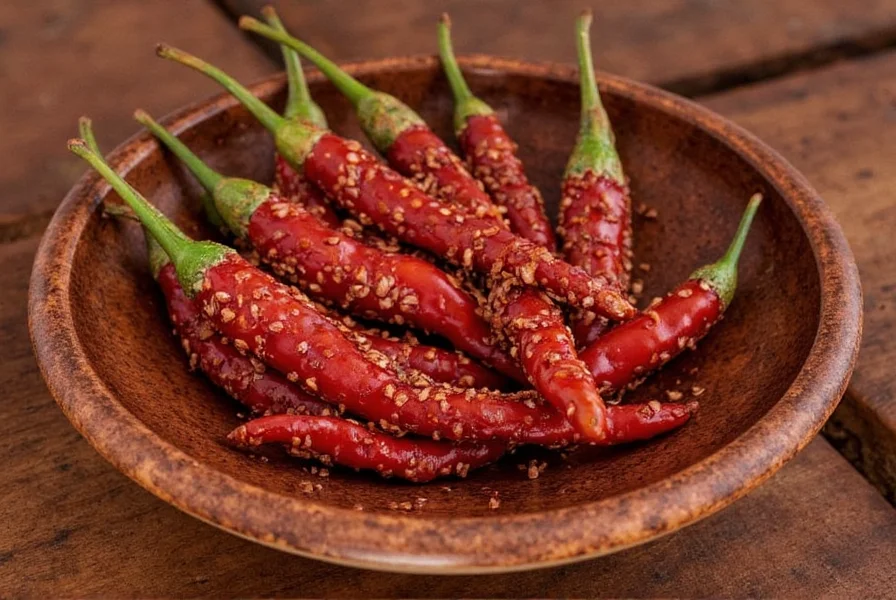









 浙公网安备
33010002000092号
浙公网安备
33010002000092号 浙B2-20120091-4
浙B2-20120091-4